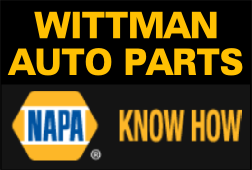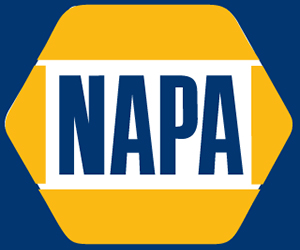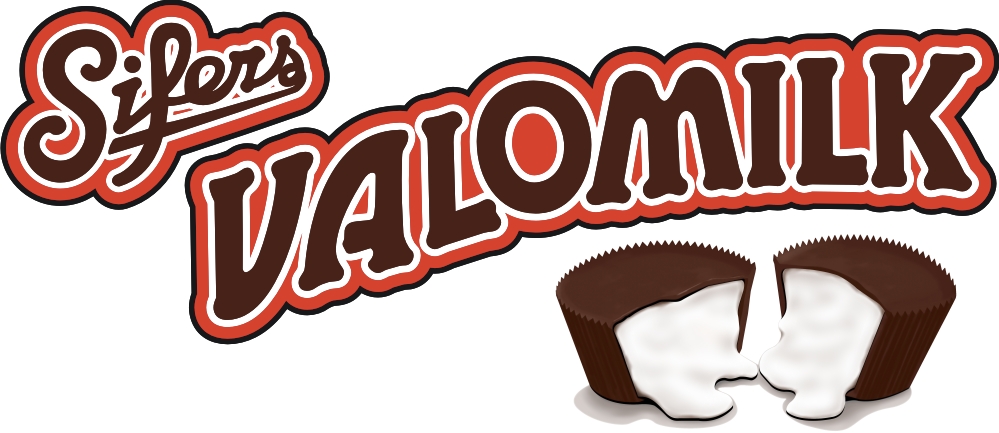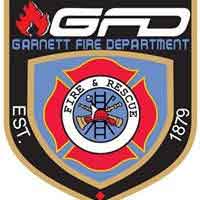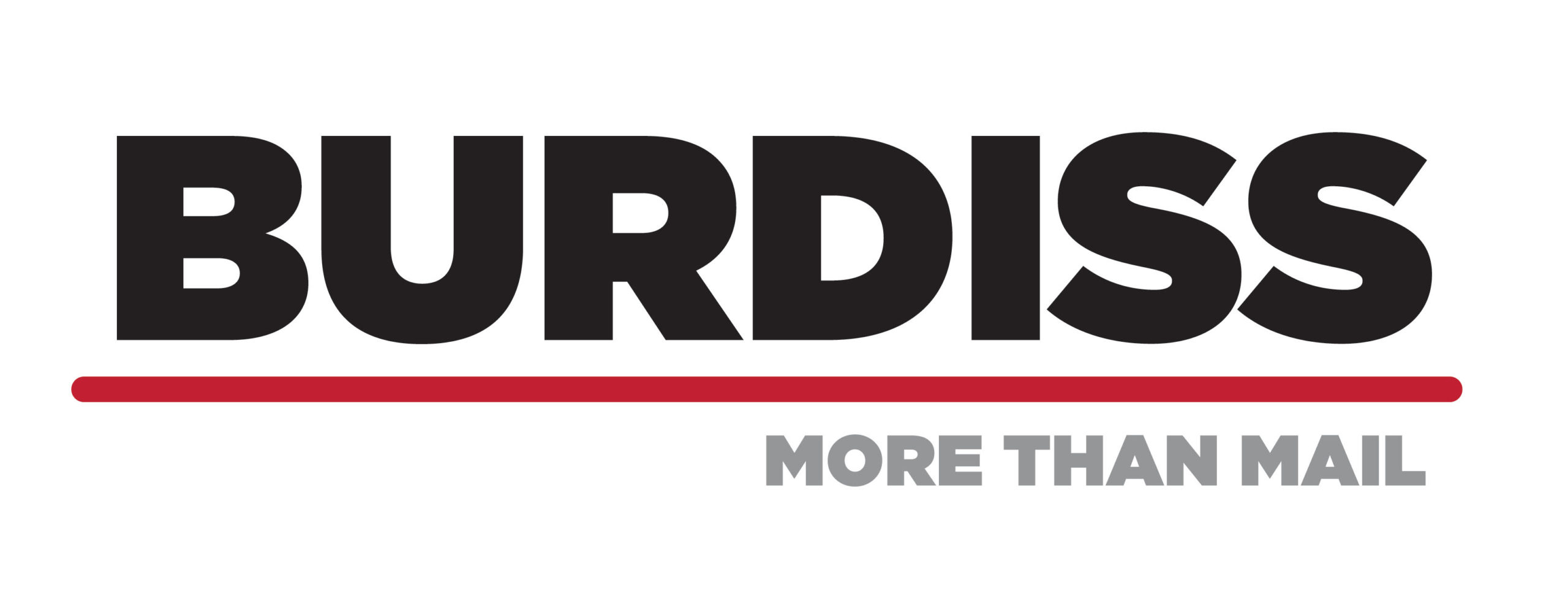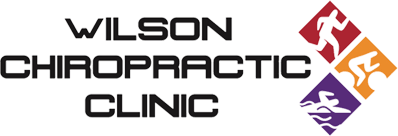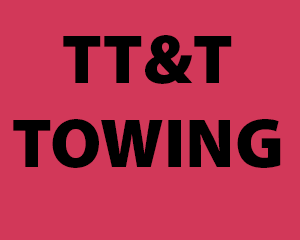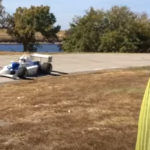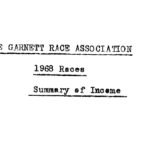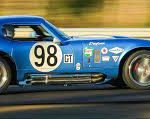THE OFFICIAL RULEBOOK
Introduction
– Revised April 27, 2020
This set of Rules has been prepared to ensure that the Lake Garnett Grand Prix Revival is a SAFE and enjoyable event that will allow participants and spectators enjoy, and continue to enjoy for many years to come. The Track Event IS NOT A RACE. There is no prize for finishing the session at the front of the group! There is no timing of laps. Drivers are NOT professional drivers. There are two safe passing zones on the track. SAFETY is mandatory for this event. It is expected that ALL participants study these rules and become very familiar with the expectations of the organizers. Conduct either on or off the track that detrimental to the event can cause you and/or your group to be either disqualified or expelled from the event. Rude behavior, disobeying LGGPR staff instructions, ignoring staff corrections, or any aggressive driving will not be tolerated.
Mandatory Drivers Meetings
** ALL DRIVERS FOR THE DAY MUST ATTEND THE DRIVERS MEETING TO BE ELIGIBLE TO BE ON THE TRACK. NO EXCEPTIONS! **
The Course
A picture speaks a thousand words! Download the Track Course Map
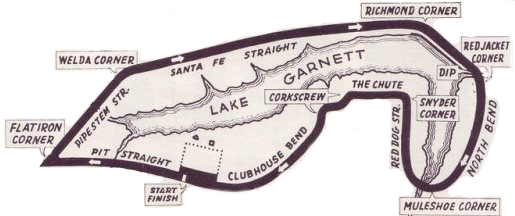
Schedule
See the Schedule Page on the website for the driving event schedule.
Each group will run twenty minute sessions on the course. During that time, the top speed will be monitored by radar and any car exceeded the top speed for that group will be black flagged. (Flags will be explained later and at the driver’s meeting)
The schedules will flex to the needs of the track each day. We recommend that you stay within range of the speakers on the day of your track time. Each group will be called over the PA system. There are NO GUARANTEES on your session time. The simple version of the schedule is that your group will run about 10 minutes after the group in front of you. If you have a question, ask one of the grid workers.
Contingency Date
We are a rain or shine event! However, if there is an ‘act of God’ event that makes the track unsafe to use, we will reschedule the event for the following weekend. We will send email, social media and website notices if safety becomes a concern. This may include natural disasters such as floods, bridge washouts, ice, and/or attacks from the Death Star.
COVID-19 Closure
Please see our COVID policy.
Cancellation / Refund Policy
Registrations cancelled prior to 9/1 will receive a 100% refund, or a credit towards next year’s event (registrants choice). Cancellations from 9/1-9/30 will ONLY receive a credit for next year’s event. NO REFUNDS OR CREDITS AFTER 10/1.
Who can participate?
Any enthusiast older than 18, with a valid driver’s license, a safe and insured car, has completed a liability waiver, has paid their entrance fee, and wants to have fun can participate in groups A, B and C.
Any driver 16 or older, with a valid driver’s license, a legal guardian, a safe and insured car, has completed a liability waiver, has paid their entrance fee, and wants to learn more about driving in track events can participate in group R (Rookie). Drivers in this group must show high levels of courtesy and politeness to the volunteers at Lake Garnett Grand Prix. 🙂
PASSENGERS are allowed in track groups A, R and H and the Autocross with completion of a liability waiver from the passenger. ALL drivers and passengers MUST wear a DOT or SNELL approved helmet when on the track.
Children may ride as passengers in track Group A or Group H and the Autocross as long as ALL of these requirements are met:
- The child must be large enough to no longer require a car seat by Kansas Law.
- Kansas Law states the child must be at least 80 pounds to not need a booster seat.
- Kansas Law states the child must be at least 4 feet 9 inches to not need a booster seat.
- The car must be street legal and have operating seat belts that the child must use.
- All other safety requirements listed in the rules must be met.
- The child’s parent must accept all liability for the safety of the child and hold LGGPR harmless for any injury that might occur. A witnessed, verbal acknowledgement is acceptable.
- Final inspection will be made my track marshal.
Age and driving experience
All drivers must be 18 years old on the date of the driving event, except Group R which 16 and 17 year olds are allowed to drive with the accompaniment of an adult.
It is highly recommended that drivers in C group have previous track experience. The track marshal will review and approve all entries in these groups.
Minimum Requirements for All Groups
Due to the nature of this event it is required that ALL PARTICIPANTS use the following safety devices:
- OEM seat belts. (Over the shoulder preferable).
- Other features of the car that was provided by the manufacturer on the date of manufacture such as air bags, turn signals, brake lights, type of tire, etc.
- ALL drivers and passengers MUST wear a DOT or SNELL approved helmet when on the track. See Helmet Section for more details
- Tires suitable for sustained group speeds and less than 6 years old.
- Registration is required by all participants. Groups will be designated by a color dot placed on the corner of the windshield.
- All vehicles on the track are required to have their assigned car number a minimum 8″ on both sides of the car. See Examples
- The vehicle is being used with the owner’s permission, and is covered by liability insurance of not less than $20,000/$40,000/$10,000, or the minimum requirements in the state in which it is registered. (Groups E & V are exempt from insurance requirements)
- The driver must be in possession of a valid driver’s license.
- The driver and passenger must sign a liability waiver.
- The owner of the car or the individual responsible for the car must complete a self-technical inspection (tech) form, and assume responsibility for insuring his/her car is in a safe condition for entry into this event. If you do not feel confident in doing this inspection let the Track Event Manager know and a resource will be made available to help you inspect your vehicle. Additional inspections of you vehicle may be made at the Track Event Managers discretion.
- Before any driving session can begin, all corner workers, marshals, security, flagmen, and any other course workers, must be in their assigned locations. Everyone’s attention in getting to their assigned locations will speed up the event and allow more driving time for all.
- All drivers must attend their MANDATORY driver’s meeting prior to their events on track that day. Failure to attend will result in not getting clearance to go on track.
- All cars participating in the track event will stage in the designated space near the Shelter House.
Helmets
YES, you are required to wear a helmet if you are participating in either the autocross or one of the track groups. What kind depends on which group you are in.
If you are participating in the autocross or in one of the speed-regulated track groups (A, B, C, or H), you are required to wear a DOT-Approved or Snell-rated helmet. It can be full-faced, modular, or open-faced, but must extend down to your neck. Half-helmets (aka “brain buckets”) are NOT permitted. Period-correct, vintage style helmets are allowed in Group H if you want to look the part.
In addition, if you are in one of the groups where passengers are permitted (A, H) then your passengers must also follow this helmet rule.
If you are participating in one of the race-car exhibition groups (E or V), then you are required to wear a Snell-SA2015 rated helmet. It can be full- or open-faced, although we always suggest full. Head and neck restraint systems are encouraged but not required.
Better quality and higher rated helmets will provide a higher degree of protection for your head – which as you know houses your brain. If you do not have a helmet there are many choices and at various cost points. While the corporation cannot make any recommendations about the suitability of a particular brand of helmet, SNELL 2015 helmets can be purchased from around $150 and up, and DOT helmets can be purchased for less. We would like to reiterate firmly that we recommend that all participants be responsible for their own safety and use the appropriate safety equipment
Additional Safety Gear - Groups E / V
The vintage race car and modern competition car groups require more than the speed-regulated track groups. In addition to the Snell2015 helmet mentioned elsewhere, the following is also required:
- If open helmet is worn, goggles, glasses, or face shield is required.
- SFI-rated Nomex (or similar) fire-retardant fire suit (2-layers – if single layer, fire-retardant long-underwear required).
- SFI-rated fire-retardant shoes, socks and gloves
- SFI-rated fire-retardant balaclava required for beards or long hair
- Arm restraints or window nets
Additional Car Requirements - Group E / V
- Group V cars must adhere to the safety rules of any club which is a member of the Vintage Motorsports Council (VMC).
- Group E cars must adhere to NASA or SCCA safety rules.
Recommendations:
The following is suggested for Groups B / C:
- A four- point safety harness system that includes three inch (3”) shoulder and lap belts is preferable.
- Non-synthetic clothing (cotton, wool, leather, etc.) covering torso, arms, and legs, plus gloves and leather-topped shoes (both without holes). (A SFI approved suit with a 32 A/1 rating is preferable.)
- A 2.5 lb. minimum, automotive BC fire extinguisher with a secure quick-release.
- A roll bar with a diagonal brace.
Rules of the Road
The following rules are critical to your safety. These rules must be followed and are not negotiable. The LGGPR Board of Directors relies upon entrants to follow these rules in order to offer a safe event and ensure the future of the LGGPR and its success:
- Obey all course workers during your driver’s event. They are there to protect you and to assure the event goes smoothly.
- Drive Safely! This is not a race. If in doubt, proceed with caution.
- Aggressive driving, disobeying flags, corner workers or staff instructions or improper conduct on the track or in the paddock will result in a black flag and possible expulsion from the event.
- Obey all flags. Obey the flag people. They are your eyes for what is ahead. Disregarding flag signals creates an unsafe event and could result in your expulsion.
- Flags in Use:
- Red Flag – Stop as soon as can be done safely. If the track ahead of you is clear proceed at no more than 15 MPH to the very next flag station and then come to a stop at the side of the track. Move off the course as much as you can. Wait in your car for further instructions from the corner workers. Do not proceed until you have been notified by a course worker. DO NOT EXIT YOUR CAR.(4) A Red Flag is a course wide flag.
- Yellow Flag – Use extreme caution and slow to half speed. There is something blocking the roadway ahead, or other unsafe conditions such as oil or debris on the road, or someone or something too close to the course. A Yellow Flag is a course wide flag. No passing during a Yellow Flag.
- Black Flag – The Black Flag being waived while your car is being pointed at signals a course violation. You are to proceed to the staging area and pull off the track at The Chute exit for further directions. Course violations include, but are not limited to speeding, driving to slow, passing in areas not designated for passing, erratic driving, blocking cars, etc. A standing black flag at all corner positions indicates you are to leave the track when you return to the pit area.
- Green Flag – This indicates that the speed session has started and will only be seen at the start/finish point.
- White Flag – This indicates that there is either an emergency or slow moving vehicle ahead on the track. You need to slow down and pay attention. Continuing at full speed for your group after you’ve passed a white flag shown at a corner station will result in you getting a black flag. A waving white flag indicates the vehicle is close by. You may pass the emergency or slow moving vehicle even outside the passing zones ONLY when you are signaled by the driver to do so. Pass at a safe speed and give plenty of room to the emergency or slow moving vehicle when going by. Passing an emergency or slow moving vehicle in an unsafe manner will result in you getting black flagged. If you come up on a vehicle that’s behind either an emergency or slow moving vehicle that hasn’t passed it yet, you are not allowed to pass it and the other vehicle at the same time. You MUST wait until the other vehicle passes the emergency or slow moving vehicle before you can. Passing any vehicle that is waiting to be signaled to go by an emergency or slow moving vehicle to go by will result in you getting black flagged. Once you’ve passed the emergency or slow moving vehicle and the next corner station that is not displaying any flags you can resume maximum speed for your group. A white flag along with one finger held up at the start/finish indicates you have one lap to go in your session.
- Checkered Flag – This indicates the end of the driving session. Continue around the course until reaching the staging area and pull off the track at the Chute exit.
- Entering the Track. You will enter the track from the staging area at the East Shelter House into the Corkscrew. Cars will be released with a delay between each car. Once on the track you will proceed under a full course caution (Yellow Flag) and the session will begin when the first car in the group reaches the start/finish and the Green Flag will be waived. In other words the first lap will be a reconnaissance lap under full course caution. There may be a pace car leading the first lap of each session.
- Minimum speed on the course. Never stop on the course except in an emergency or mechanical breakdown, or when instructed by a flagman. In either case, get as far off the road as possible. Except for turns and corners, where speed reduction is necessary, try to maintain a minimum speed of at least 30 mph below your maximum. We don’t want cars to come over a hill to be surprised by a car moving slowly in the middle of the road.
- Pulling off the course. If you want to pull off the course temporarily you may do so ONLY on the Pit Straight pit area. If you want to leave the course for the remainder of the session you may do so by exiting the course on The Chute exit. Note that if you leave the course via The Chute exit you will not be permitted to rejoin that session.
- Passing. Passing is only on the left in two designated locations in the straightaways (zones). The passing zones will be clearly marked with signs that say “PASS” and “NO PASS.” You are not permitted to pass until you reach the “PASS” sign and you must have your pass completed before you reach the “NO PASS” sign. Do not pass unless the car being overtaken signals you. If you are being overtaken, signal the driver behind you by pointing out the left window, and allow the car to pass (do not race the car). If you are unsure if you are holding up the car behind you, go ahead and let him pass. Again, this is not a race. Be alert and conscious of what the other driving is doing.
- Never exceed the maximum speed for your group. Violation of this rule can result in being black flagged and expelled from the course.
- Mechanical Breakdown. If you experience a breakdown during your session pull off the track or as far as possible to the side of the track and remain in your car UNLESS YOU ARE IN IMMINENT DANGER! If you need to exit your car DO NOT CROSS THE TRACK. Move to a position far enough away from your car to avoid danger.(4)
Changes
The Lake Garnett Grand Prix Revival Incorporated organizing committee reserves the right to change these rules at any time.
Have fun – be safe!

